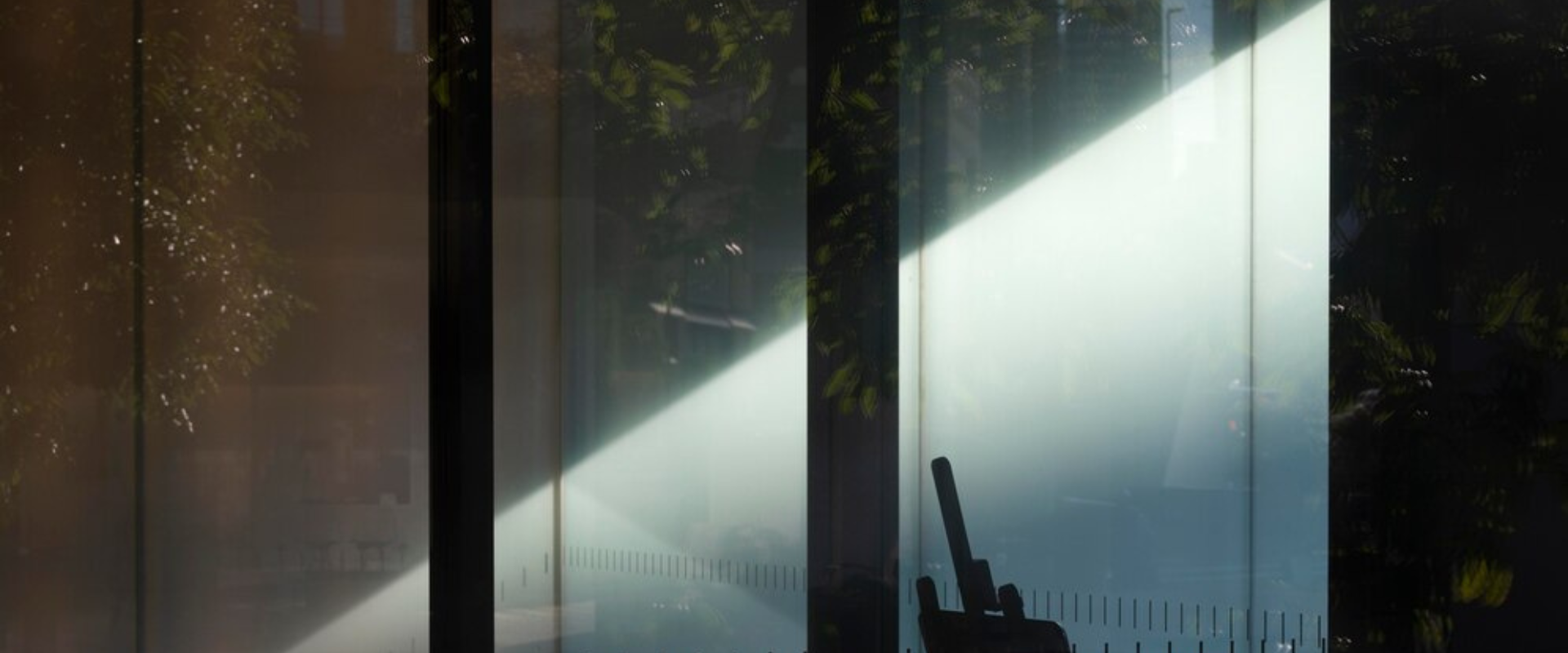A Guide to Choosing Between Clear Glass and Reflective Glass
When it comes to selecting the right type of glass for your building project, two popular options are clear glass and reflective glass. Each type has its own set of benefits and ideal applications. This guide will help you understand the differences, benefits, and considerations for choosing between clear glass and reflective glass.
Clear Glass
Clear glass, also known as float glass, is the most common type of glass used in windows and other architectural applications. It is transparent and allows maximum light transmission, providing a clear view through the glass.
Benefits of Clear Glass
- Maximum Visibility: Clear glass offers unobstructed views, making it ideal for applications where transparency is desired.
- Natural Light: Allows maximum natural light to enter a space, reducing the need for artificial lighting during the day.
- Versatility: Can be used in a wide range of applications, from windows and doors to interior partitions and decorative elements.
- Cost-Effective: Generally less expensive than specialized glass types, making it a budget-friendly option for many projects.
- Neutral Appearance: Has a neutral, clear look that complements any architectural style.
Applications of Clear Glass
- Residential windows and doors
- Commercial storefronts and display windows
- Interior partitions and office spaces
- Greenhouses and conservatories
- Picture frames and decorative elements
Reflective Glass
Reflective glass is coated with a thin layer of metal oxide, which reflects a portion of the light that hits its surface. This gives the glass a mirrored appearance and helps to control solar heat gain and glare.
Benefits of Reflective Glass
- Solar Control: Reflective glass reduces solar heat gain, helping to keep interiors cooler and reducing the load on air conditioning systems.
- Glare Reduction: Minimizes glare from direct sunlight, enhancing comfort in interior spaces.
- Energy Efficiency: Improves energy efficiency by reflecting a portion of the solar energy, reducing cooling costs in warm climates.
- Privacy: The reflective coating provides daytime privacy by making it difficult to see through the glass from the outside.
- Aesthetic Appeal: Offers a modern, sleek appearance that can enhance the visual appeal of a building.
Applications of Reflective Glass
- Commercial building facades and curtain walls
- Office buildings and skyscrapers
- Solar control applications in hot climates
- Privacy windows in residential and commercial settings
- Decorative elements and feature walls
Comparison of Clear Glass and Reflective Glass
| Aspect | Clear Glass | Reflective Glass |
|---|---|---|
| Transparency | High, provides clear visibility | Lower, provides privacy during the day |
| Light Transmission | Maximum natural light | Reduced light transmission |
| Solar Control | Minimal | High, reduces solar heat gain |
| Glare Reduction | None | Yes, reduces glare from direct sunlight |
| Energy Efficiency | Lower, higher heat transfer | Higher, improves energy efficiency |
| Aesthetic Appeal | Neutral, clear appearance | Modern, mirrored appearance |
| Cost | Generally lower | Generally higher due to coating |
| Privacy | Low, fully transparent | High, provides privacy during the day |
Considerations for Choosing Between Clear and Reflective Glass
1. Climate and Energy Efficiency
- Warm Climates: Reflective glass is ideal for warm climates as it helps reduce solar heat gain, keeping interiors cooler and reducing energy costs.
- Cold Climates: Clear glass may be preferred in colder climates to maximize natural light and solar heat gain, which can help with heating.
2. Aesthetic Preferences
- Modern Look: Reflective glass provides a sleek, modern look that can enhance the aesthetic appeal of contemporary buildings.
- Traditional Look: Clear glass offers a neutral, classic appearance that suits a wide range of architectural styles.
3. Privacy Requirements
- High Privacy Needs: Reflective glass offers better daytime privacy, making it suitable for office buildings, bathrooms, and other areas where privacy is important.
- Low Privacy Needs: Clear glass is suitable for areas where transparency and visibility are more important, such as residential windows and commercial storefronts.
4. Budget
- Cost Considerations: Clear glass is generally more cost-effective than reflective glass. However, the long-term energy savings from using reflective glass can offset the initial higher cost.
Choosing between clear glass and reflective glass depends on your specific needs, including climate, energy efficiency, aesthetic preferences, privacy requirements, and budget. By understanding the benefits and applications of each type of glass, you can make an informed decision that enhances the functionality and appearance of your building project.
FG Glass: Your Partner in High-Quality Glass Solutions
At FG Glass, we offer a comprehensive range of both clear and reflective glass products that meet the highest standards of performance and durability. Our solutions are designed to enhance energy efficiency, comfort, and aesthetic appeal in various applications. Discover how FG Glass can help you achieve your project goals with our innovative glass products. For more information, visit fgglass.com.

You might also like
Feb 21, 2022 by TARIQ KACHWALA
Feb 21, 2022 by TARIQ KACHWALA
Feb 23, 2022 by TARIQ KACHWALA









